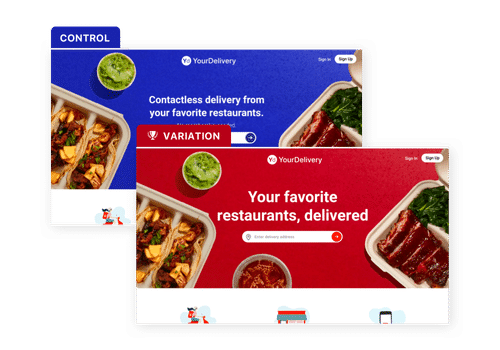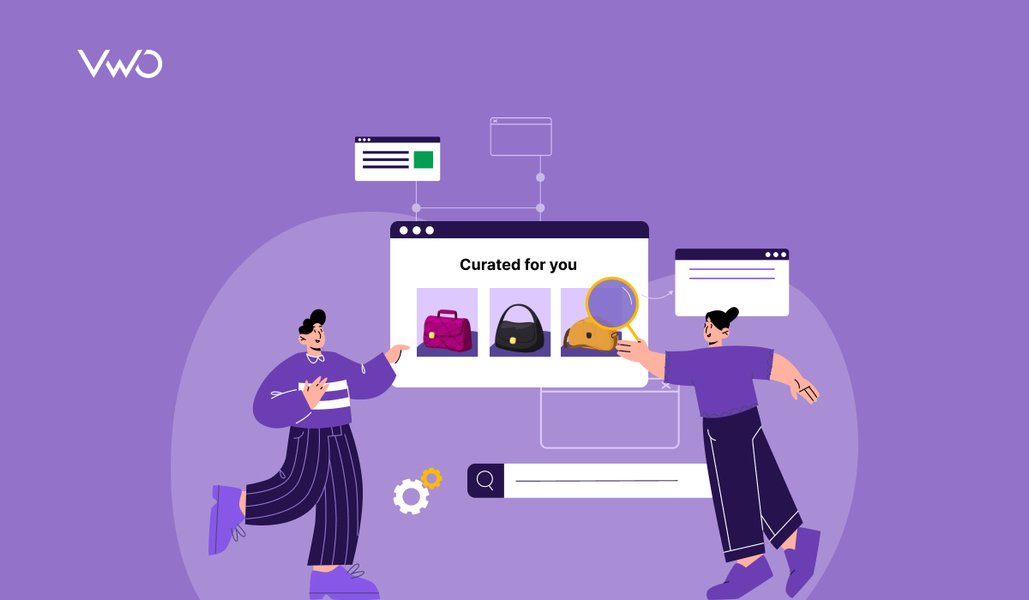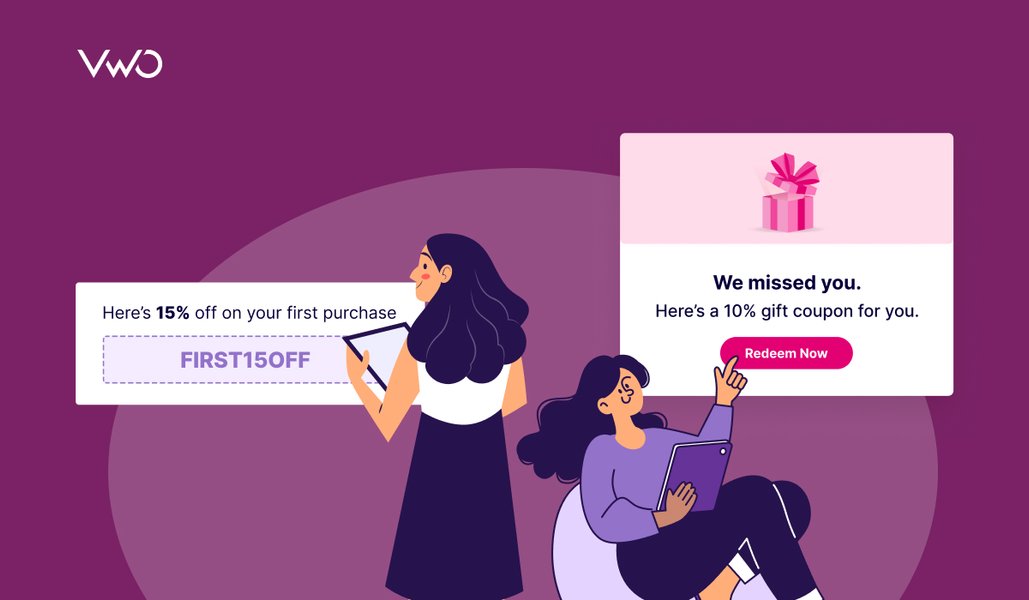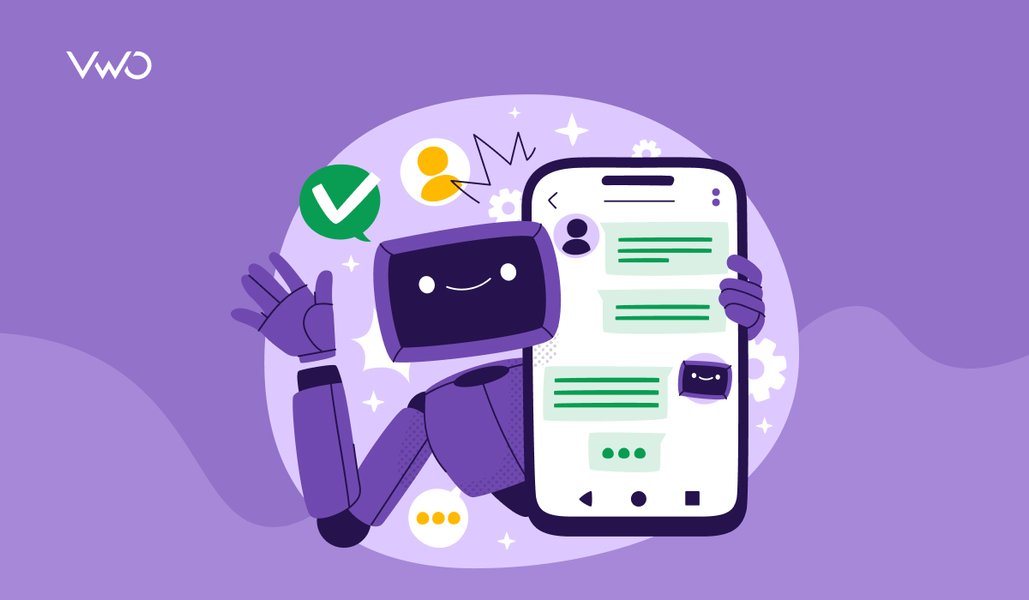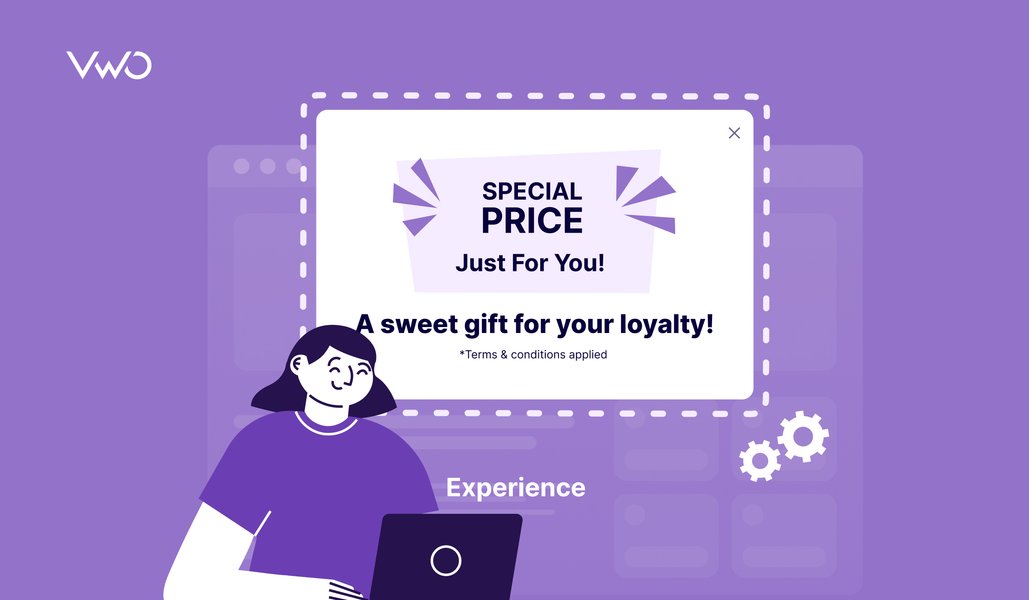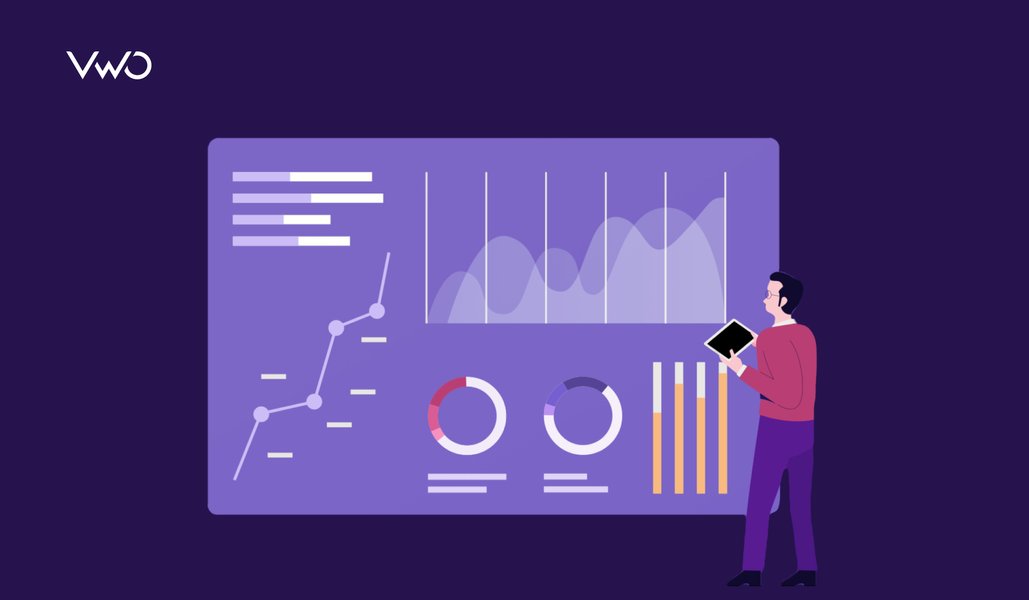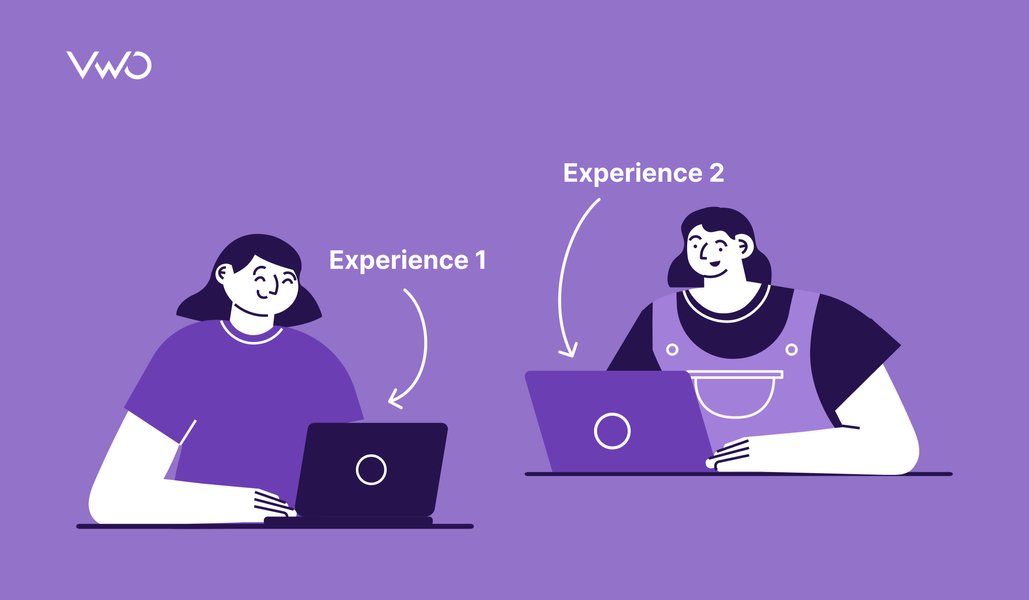Top 7 Behavioral Targeting Tools in 2026
Ever wonder why that pair of shoes you looked at once keeps following you around in your ads, emails, or social feeds?
That’s behavioral targeting in action, using your past interactions and data collection practices to deliver timely and personal messages. It’s how brands stay top of mind and turn casual browsers into loyal customers.
When marketing speaks directly to a user’s needs or interests, it doesn’t just get noticed—it gets results. Behavioral targeting bridges that gap by turning user behavior into personalized experiences that feel timely and relevant.
In this blog, we’ll explore the top tools and strategies to help you use them with confidence and achieve successful behavioral targeting
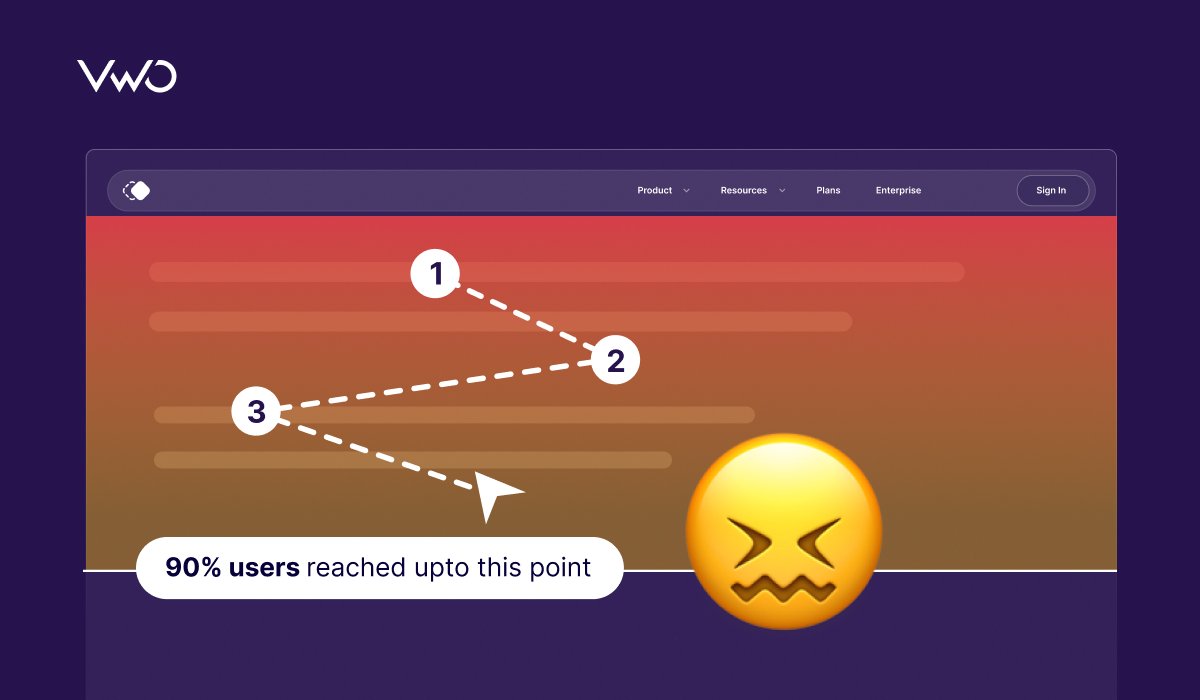
What are behavioral targeting tools?
Behavioral targeting tools are marketing platforms that support data collection and behavioral targeting to personalize content, ads, or messages based on how users interact with a website, app, or other digital channels. These tools track actions like clicks, page views, purchases, and time spent, then group users into segments based on their behavior.
For instance, imagine a visitor browses winter jackets on an eCommerce site and adds one to their cart but doesn’t check out. A behavioral targeting tool can automatically trigger targeted messages, such as a follow-up email reminding them about the jacket, possibly with a limited-time discount.
If the same user later returns to the site, they might also see personalized product recommendations based on their earlier browsing.

Behavioral targeting tools help brands increase engagement, improve conversion rates, and improve overall marketing ROI by delivering timely, relevant messages like these and more relevant ads.
Best behavioral targeting tools – A quick look
Disclaimer: The pros and cons listed are based on reviews and feedback from third-party sites such as G2, TrustRadius, and other sources.
Top behavioral targeting tools
1. VWO

VWO empowers businesses to implement behavioral targeting by analyzing user actions and delivering tailored digital experiences across digital properties.
VWO’s CDP Data360 collects behavioral data from multiple touchpoints, such as websites, mobile apps, and third-party sources, to build a unified customer profile. Marketers can then create rule-based segments using attributes like device, location, on-site behavior (e.g., scroll depth, product views), or external data such as UTM tags.
Next in the workflow, VWO Personalize enables real-time targeting of these segments based on user behavior, such as time spent on a page or refresh actions.
Easily identify high-performing user segments with VWO Copilot. It automatically analyzes your test reports to pinpoint where controls and variations drove the most engagement. This allows you to boost business KPIs by tailoring experiments and personalization efforts specifically for those segments.
Behavioral targeting also extends into VWO’s testing capability. Marketers can trigger A/B tests based on user actions like button clicks, exit intent, or scroll activity. In other words, visitors become eligible for a test only when they meet the behavioral conditions you’ve set, which can then inform your advertising campaigns. This makes your test more contextually relevant and insightful.
After a test is run, you can perform post-segmentation analysis by breaking down the results based on the segments you’ve defined.
Learn how JellyTelly used VWO’s segmentation and A/B testing to personalize its homepage for new visitors, driving a 105% increase in visits to the sign-up page by delivering content that truly resonated.
Features
Unified customer profiles, Advanced segmentation, Real-time metrics and triggers, Visual Editor, Code Editor, VWO Copilot, Behavior Analytics, Feature Management, Program Management
Pricing
- Free trial: 30 days, inclusive of all features
- Free: Up to 5k MTUs
- Paid:
- Insights start from $199/month.
- Personalization starts from $234/month.
- Testing starts from $220/month.
Pros:
- Easy-to-use reporting with clear filters that make data analysis simple and effective.
- Supportive team that actively helps and encourages progress with testing efforts.
Cons:
- Predictive personalization isn’t a primary offering yet, but it’s on the roadmap.
2. Segment

Segment by Twilio is a customer data platform that unifies and routes data from multiple sources to create a single, consistent view of each user. It enables marketers to build precise segments based on behavior, such as cart abandoners or high-intent browsers.
These segments can then be synced with your marketing tools to deliver timely, personalized emails, targeted ads, and in-app experiences. This helps ensure your messaging remains consistent, relevant, and backed by real-time data. Segment’s AI uses predictive models to help you create and update audience segments such as “ready to buy,” “dormant,” or “potential VIPs.” It also lets you build targeted audiences in minutes using simple text prompts.
Features
Generative AI, Event Tracking, Journey Orchestration, Activate Audiences, Trigger Campaigns, AI Recommendations, AI Predictions
Pricing
- Plans are not available on the website. Custom plans can be requested.
Pros:
- Easy integration with existing software makes it a reliable hub for customer data and insights.
- The intuitive interface, easy setup, and reliable customer support ensure a smooth user experience.
Cons:
- It can be a bit expensive, especially for smaller businesses or those just starting with customer data platforms.
- Reporting and audience tools can be a bit tricky to use and may need some getting used to.
3. Insider

Insider is a cross-channel marketing platform that strengthens behavioral targeting by unifying customer data from over 100 sources into real-time, 360-degree profiles. Marketers can build real-time segments using over 120 behavioral and demographic attributes.
Flexible rules based on activity, preferences, or even weather help deliver personalized content across web, mobile, email, and messaging apps.
Predictive AI helps identify users likely to convert or churn, while the visual journey builder and real-time analytics make it easy to automate and optimize personalized campaigns at scale.
Features
Customer Data Platform, Personalization, Cross-Channel Messaging, A/B Testing, Predictive Marketing Engine, Behavior Analytics, Campaign Analysis
Pricing
- A demo is available.
- Plans are not available on the website.
Pros:
- Fast testing and deployment help speed up campaign optimization.
- Responsive customer support provides quick and helpful assistance.
Cons:
- Real-time data is available, but sometimes the dashboard can be hard to interpret without guidance.
- Setting up campaigns may require developer support, which can slow down the launch process.
4. Monetate

Monetate helps businesses with behavioral targeting by personalizing experiences based on real-time user behavior. It allows marketers to build detailed audience segments using various targeting criteria, including demographic, geographic, and behavioral data, with flexible rules based on factors like session activity or weather conditions.
How those segments feed directly into AI-driven personalization makes it even more effective. So whether someone’s browsing your site, opening an email, or using your app, they get content and offers that match their interests. The result? More engagement, better conversions, and a smoother experience across every touchpoint.
Features
Personalized Search, Product Recommendations, Audience Analytics & Insights, Journey Analytics, Audience Discovery, Automated Personalization, A/B/n Testing, Feature Experimentation
Pricing
- Plans are not mentioned on the website; you can request a custom quote.
Pros:
- It allows on-site updates, like adding content or recommendations, without requiring code changes.
- The intuitive editor with visual tools allows creating, scheduling, and managing personalized experiences.
Cons:
- Some features, like the experience builder and inspector, may not work fully in Safari, so another browser might be needed during setup.
- Experiences may load after the page, causing brief visual changes that limit edits to above-the-fold content.
5. Klaviyo

Klaviyo is a marketing automation platform that supports behavioral targeting through advanced segmentation and personalization. It collects data like purchase history, website activity, and email engagement to create dynamic customer segments that update in real time, ensuring messages stay timely and relevant.
With Segments AI, marketers can describe their ideal audience and instantly generate segments, preview sizes, and clone them across campaigns for faster execution. With cross-channel personalization, businesses can deliver consistent, tailored experiences across email, SMS, and other channels.
Features
Pre-Built Dashboards, Audience Performance, Data Platform, Email & Sms Marketing, Marketing Analytics, Klaviyo AI, Drag-And-Drop Automation Builder, Automated Flows
Pricing
- Free: Available for up to 250 active profiles.
- Paid: Starts from $20/month.
Pros:
- Effective automation flows and advanced segmentation help target customers in ways that drive real results.
- Seamless integrations with popular platforms make it easy to pull in data for personalized, high-performing campaigns.
Cons:
- Limited tracking for push notifications can make it harder to measure campaign performance.
- Managing suppressed contacts can be a bit time-consuming and less intuitive.
6. CleverTap

CleverTap is a customer engagement platform that uses real-time behavioral data to create targeted user segments and personalized messaging. It supports past behavior segments based on actions, inactions, or user properties, such as purchases made in the last 90 days or users inactive for 30 days.
With live user segments, you can engage users instantly based on real-time activity, such as viewing a product or abandoning a cart. Psychographic segmentation goes a step further by grouping users based on interests, habits, or timing, like targeting those who shop for accessories but prefer shoes or users who watch comedies between 7 and 11 p.m.
Features
RFM Analysis, Intent-Based Segments, Custom Lists, Personalization, Campaign Orchestration, Clever.AI, Experimentation & Optimization, Behavior Analytics
Pricing
- Free trial: 30 days for apps with <100K MAUs.
- Paid: Starts from $75/month.
Pros:
- Easy cohort and segment creation allows for effective retention targeting and audience management.
- The user-friendly interface simplifies managing push notifications and in-app messages.
Cons:
- The initial learning curve can be challenging, as the training resources may not fully support new users in getting up to speed quickly.
- Advanced configurations may need technical integration, making them less accessible for non-technical users.
7. Omnisend

Omnisend is a marketing automation platform designed for eCommerce businesses, helping brands personalize messaging through behavior-based segmentation and targeted online advertising. It uses real-time data from shopping activity, customer lifecycle, and engagement patterns to create dynamic, targeted campaigns.
Marketers can use conditional content blocks and contact tagging to personalize messages further while delivering them across email, SMS, and push notifications, ensuring consistent and relevant communication on every channel.
Features
Segment Suggestions, Automation Splits, Email Segmentation, Intuitive Segment Builder, Contact Tagging, Audience Sync, Email Campaigns
Pricing
- Free: Explore all features and send up to 500 emails/month.
- Paid: Starts from $16/month.
Pros:
- Provides pre-built templates to simplify campaign setup.
- Automation workflows are easy to set up and user-friendly, even for beginners.
Cons:
- The platform has limited built-in integrations with certain third-party tools.
- Some features can be difficult to locate, and personalization options could be more comprehensive.
Behavioral targeting tools: A summary
| Tool | Features | Pricing |
| VWO | Unified customer profiles, Advanced segmentation, Real-time metrics and triggers, Visual Editor, Code Editor, VWO Copilot, Behavior Analytics, Feature Management, Program Management | A demo is available. Plans are not available on the website. |
| Segment | Generative AI, Event Tracking, Journey Orchestration, Activate Audiences, Trigger Campaigns, AI Recommendations, AI Predictions | Plans are not available on the website. Custom plans can be requested. |
| Insider | Customer Data Platform, Personalization, Cross-Channel Messaging, A/B Testing, Predictive Marketing Engine, Behavior Analytics, Campaign Analysis | A demo is available. Plans are not available on the website. |
| Monetate | Personalized Search, Product Recommendations, Audience Analytics & Insights, Journey Analytics, Audience Discovery, Automated Personalization, A/B/n Testing, Feature Experimentation | Plans are not mentioned on the website; you can request a custom quote. |
| Klaviyo | Pre-Built Dashboards, Audience Performance, Data Platform, Email & Sms Marketing, Marketing Analytics, Klaviyo AI, Drag-And-Drop Automation Builder, Automated Flows | Free: Available for up to 250 active profiles. Paid: Starts from $20/month. |
| CleverTap | RFM Analysis, Intent-Based Segments, Custom Lists, Personalization, Campaign Orchestration, Clever.AI, Experimentation & Optimization, Behavior Analytics | Free trial: 30 days for apps with <100K MAUs. Paid: Starts from $75/month. |
| Omnisend | Segment Suggestions, Automation Splits, Email Segmentation, Intuitive Segment Builder, Contact Tagging, Audience Sync, Email Campaigns | Free: Explore all features and send up to 500 emails/month. Paid: Starts from $16/month. |
Frequently asked questions
A targeting tool helps marketers reach specific audience segments by using data like user behavior, location, or device to deliver relevant content or ads.
It’s the concept that user behavior reveals intent, and by tracking actions like clicks or time spent on a page, marketers can tailor messages that are more likely to convert.
A few examples are:
Showing a personalized discount via email to a user who viewed a product multiple times but didn’t purchase.
Displaying product recommendations based on a user’s recent browsing or purchase history on an eCommerce site.

